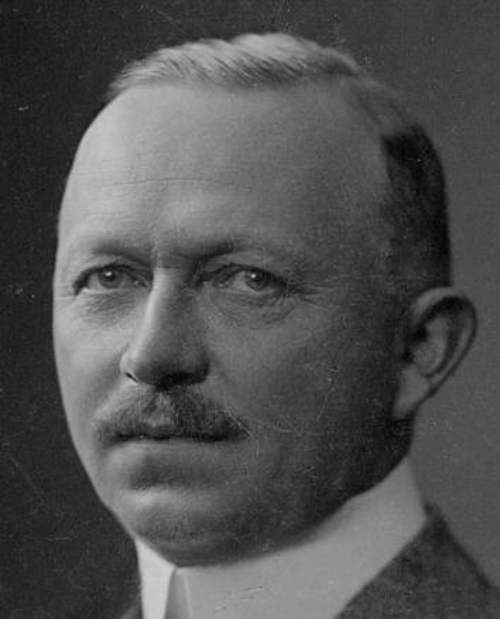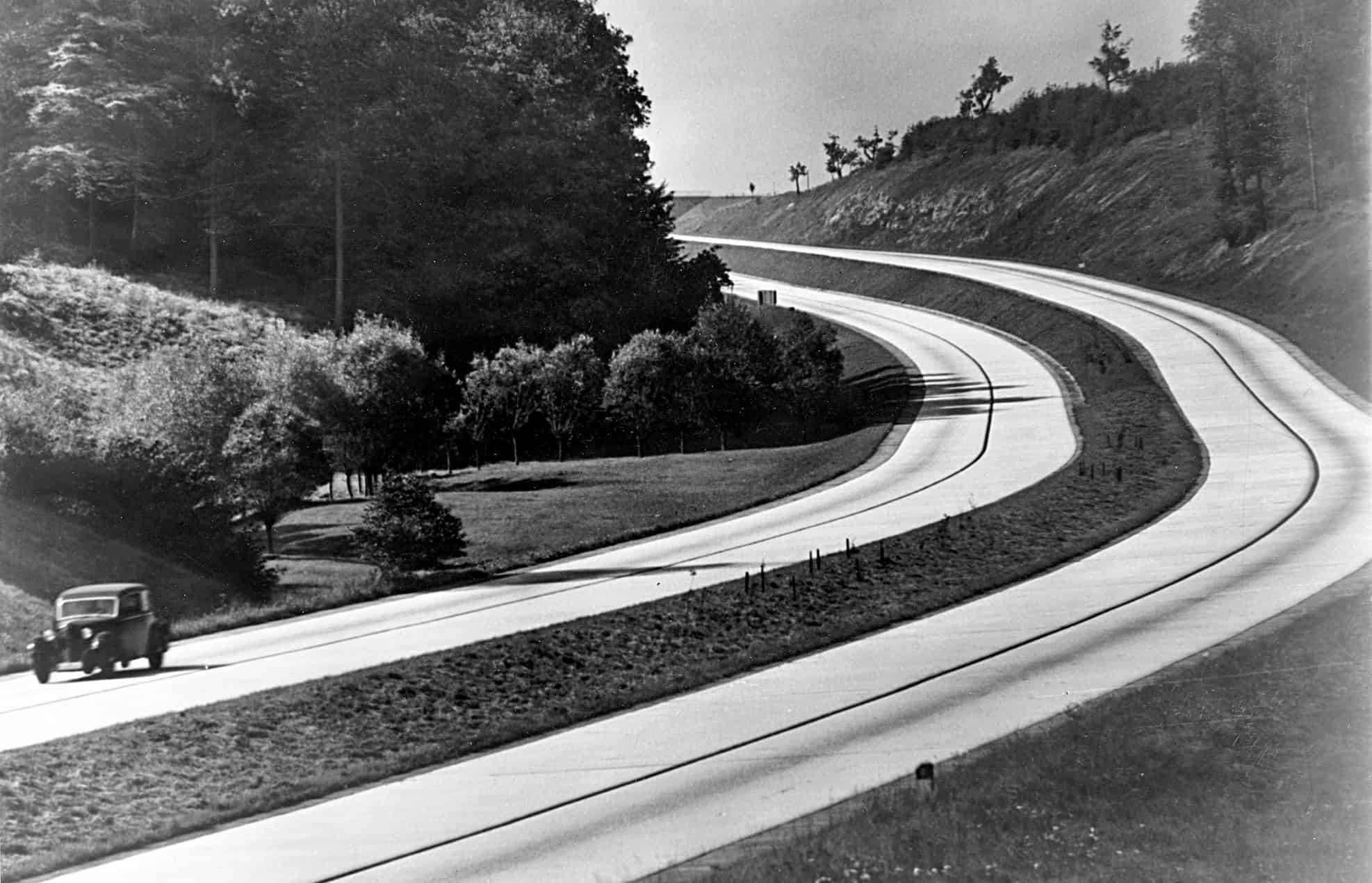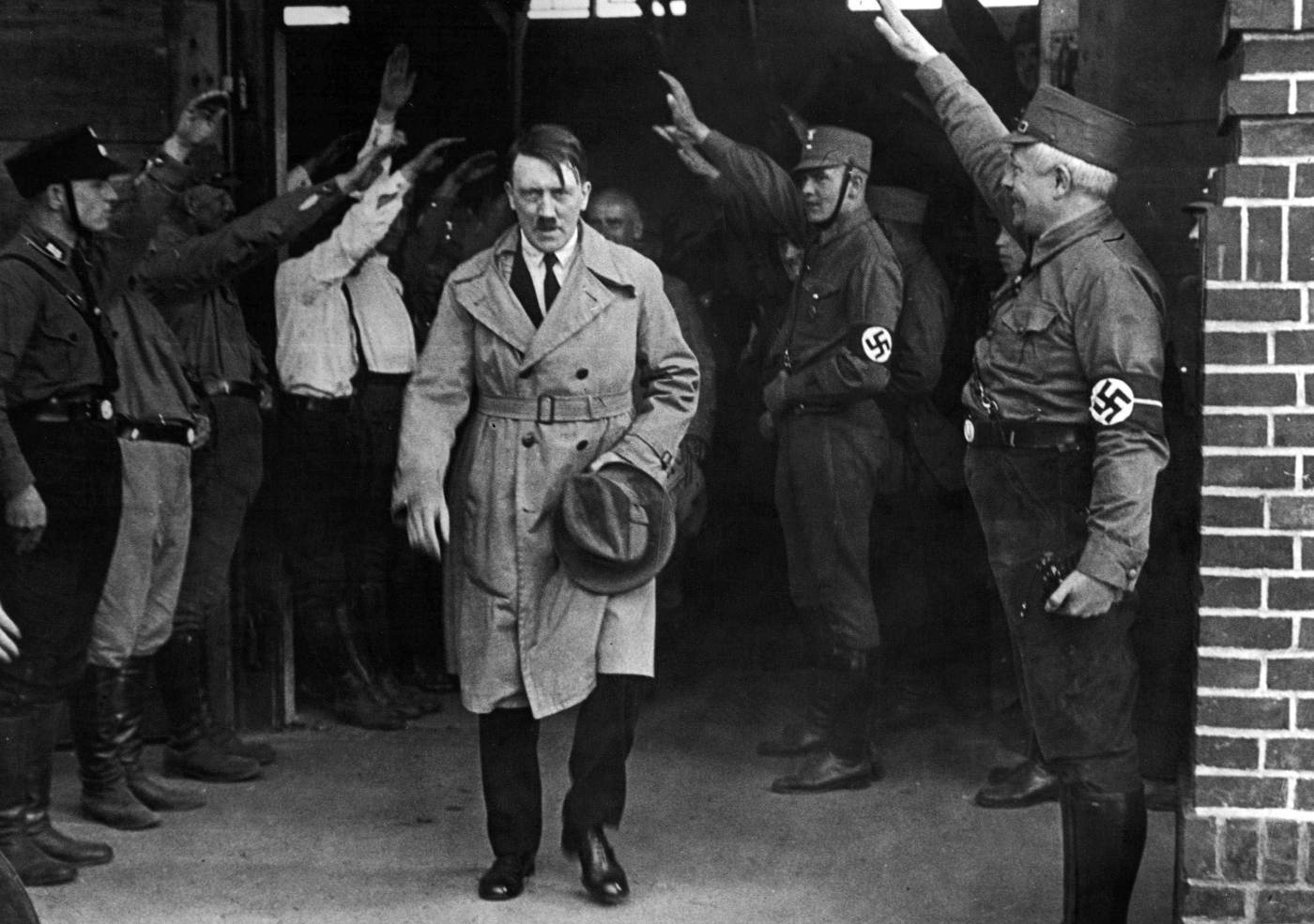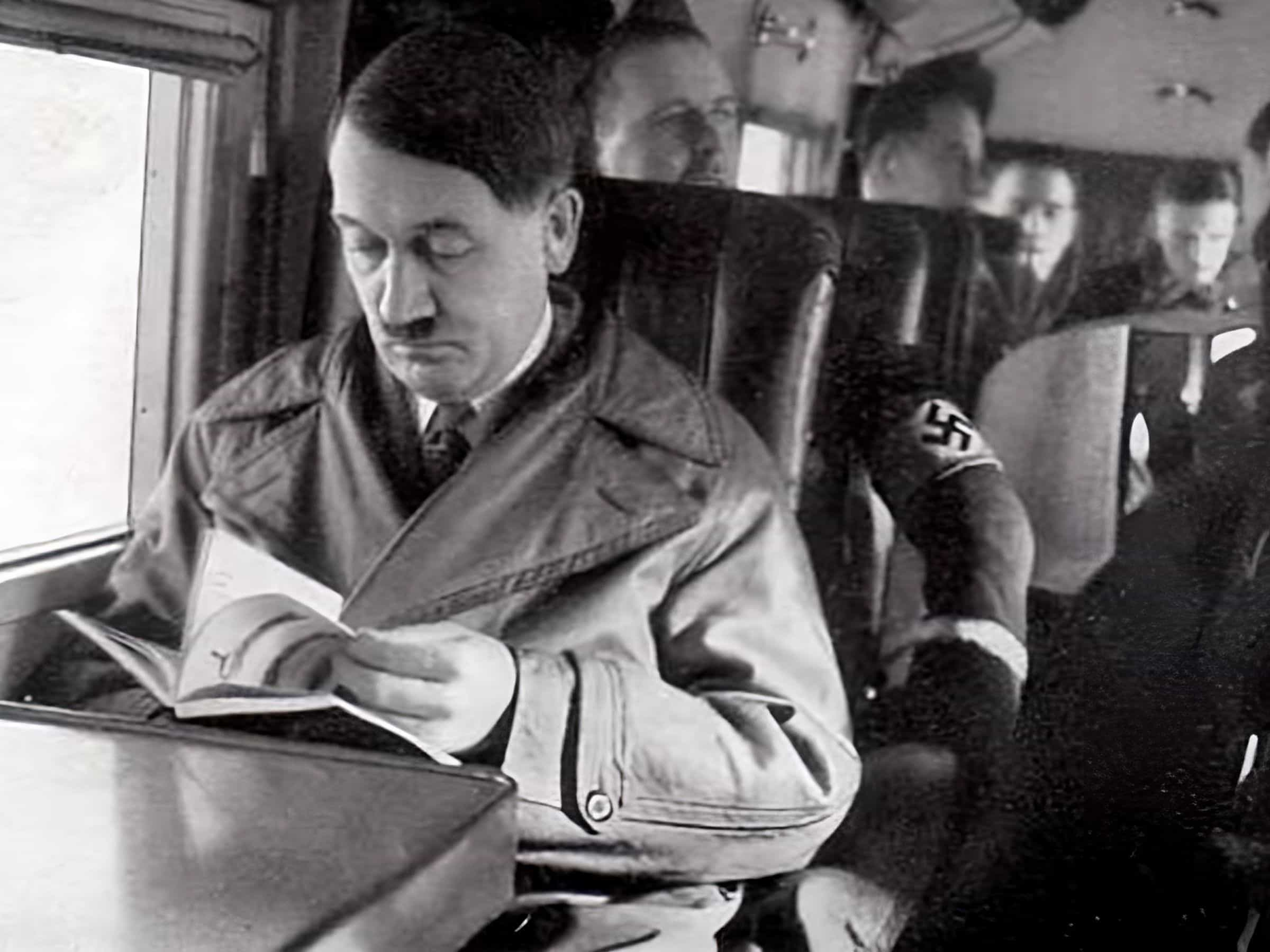The autobahns (which translates to “car runway”) are the “argument” most often used to counter the widespread perception that everything during Adolf Hitler‘s and the Nazis’ “Third Reich” was terrible. But did Hitler invent the autobahn in Germany or the motorway, as it is known in the United States? Let’s find out.
Justifying a criminal government on the basis that it constructed bridges and roads is problematic in principle. And the idea that Adolf Hitler was some kind of brilliant traffic guru is also completely false. Despite what Nazi propaganda would have you believe at the time, Hitler did not invent or construct the very first autobahn in Germany.
The Construction of the Reichsautobahn

The concept of an autobahn or motorway itself originated during the Weimar Republic (1918–1933). This is to be expected, given the length of time needed to conceptualize and launch such a massive undertaking. The concept of building motorways linking Germany’s rapidly growing cities after the end of World War I was first thought of during the Weimar Republic era.
Six months after becoming Reich Chancellor, on September 23, 1933, Adolf Hitler began construction of the “first” Reichsautobahn connecting Frankfurt and Heidelberg by way of Darmstadt and Mannheim. A lot of propaganda was made hailing the “Führer” as the creator and pioneer of this groundbreaking technology. But, despite the creative naming, this claim was simply not true.
Hitler appointed Fritz Todt “Inspector General of German Road Construction” and gave him the duty of extending the autobahn network when he came to power in 1933, using the highway system for political ends. According to Nazi propaganda, Todt’s policy successfully reduced unemployment in Germany by producing new jobs. Workers on the autobahn construction project were not always given the option of living in work camps near the construction sites. The Reich Labor Service coerced them into work and thus got them taken off the unemployment rolls.

However, in the years before Hitler’s reign, Konrad Adenauer was a leading politician during the Weimar Republic. He subsequently became the German Chancellor and Lord Mayor of Cologne. And, as a matter of fact, Adenauer actually beat Hitler when it came to the construction of the first autobahn. In 1932, he oversaw the opening of the first autobahn, or motorway, in the country between Cologne and Bonn.
Later, the National Socialists of Hitler or the Nazis demoted this motorway to a rural road again. However, the fact that this was the first motorway ever built in Germany disproves the claim that Hitler or the Nazis invented the first autobahn. The first autobahn of 1932 in history is part of Autobahn 555 today. The only nation in Europe without a general speed limit is Germany.
The Actual Inventor of the Autobahn

The AVUS, located in Berlin, was the first expressway in Germany that resembled a motorway. The construction of the Automobil-Verkehrs- und Übungs-Straße began in 1913, but due to the interruption of work caused by World War I, it was not opened to traffic until 1921. It was also intended to be used as a race-track and is now part of the A 115.
The term “motorway” was first used in 1927 in a trade journal, coined by civil engineer Robert Otzen who also served as the chairman of an organization (HaFraBa) dedicated to developing one of the first large autobahn projects in Germany.

The association began planning a road network reserved for automobile traffic as early as the 1920s. From 1928, HaFraBa also published a newspaper with the name “Die Autobahn [The Motorway]”.
The first motor vehicle road in history that was planned as a pure motorway was the route built from 1929 to 1932 from Cologne to Bonn, measuring 18 kilometers (11 miles) in length and 12 meters (59 feet) wide with four lanes. Some parts of the track were illuminated at night, and it was completed under Konrad Adenauer’s leadership, becoming the first true motorway.






